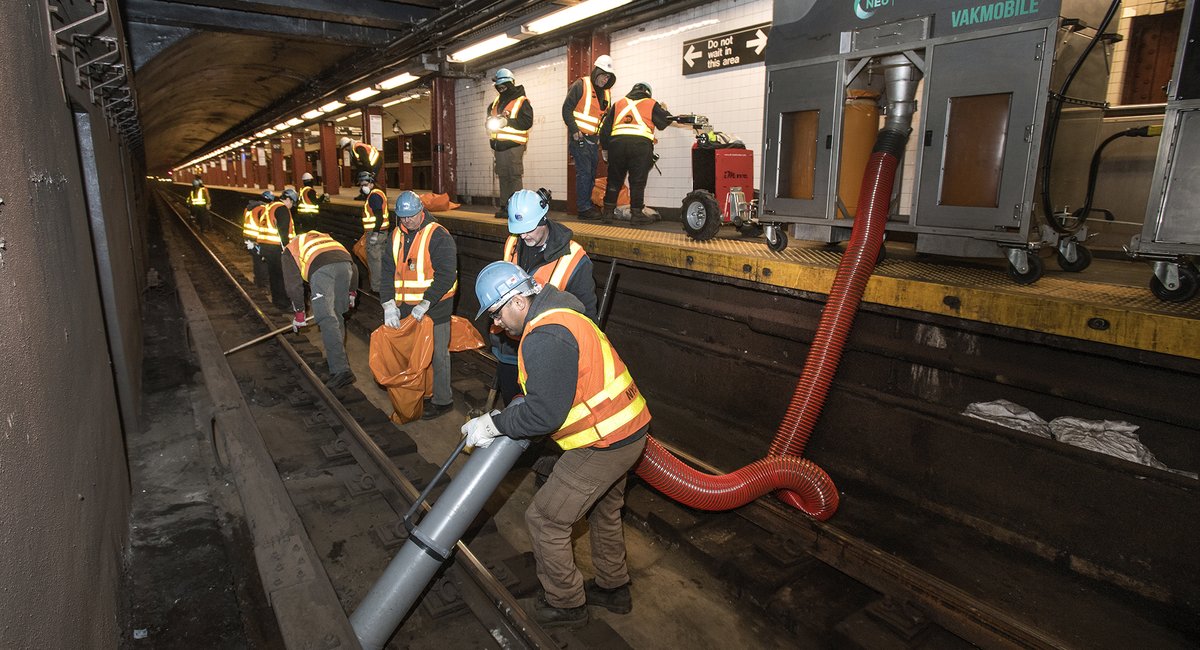East 180th Street in the Bronx and the 14th Street-Union Square station have been the most fire-prone stations in the city’s subway system over the last five years, according to new MTA data.
There were 43 fires at East 180th Street from June 2019 through June 2024 – the most of any station during that period. The second-worst station was 14th Street-Union Square, where there were 33 fires during the same period on the 4 line that serves the station. Coming in third place was the upper level of Grand Central Terminal.
During an MTA committee briefing on subway fires last month, Timothy Doddo, a vice president in charge of safety, called fires started by vandals “very difficult for us to control.”
Nevertheless, Doddo said new efforts to improve conditions at the stations appear to be working. There were just seven fires at the Union Square station and seven fires at the 180th Street station from June 2023 to June 2024.
Fires can cause huge delays for commuters.
“This is where we need to make sure that this particular impact to our ability to provide on-time service is dealt with,” MTA Chair Janno Lieber said.
A larger effort to reduce all types of track fires – which peaked during the pandemic – also appears to be paying off.
As of last month, the number of fires on tracks, platforms and subway cars is down to its lowest level since 2019. There were 55 fires throughout the system in July, compared to a recent high of 150 in February 2022. From July 2023 to July 2024, there were 904 track fires, down from 1,283 during the same period the year before.
The MTA chalks it up to thorough cleaning by its three, multi-million dollar vacuum trains. The MTA currently has three vacuum trains, but only two are in service at a time.
Nearly 90% of subway station fires are caused by trash that has been set ablaze, the MTA said. More than half of train car fires are caused by debris, according to an MTA presentation by Doddo. His statistics didn’t distinguish between someone deliberately lighting something on fire and debris ignited by the third rail, a discarded cigarette or another source.
Other efforts to reduce fires include replacing the insulation on third rail cables, which is corroded by salt sprayed on the streets during the winter.
The MTA has also been spraying flame retardant on wooden railroad ties to prevent fires.
The most notorious fire in recent MTA history came during the pandemic when a 50-year-old man allegedly lit a shopping cart on fire aboard a 2 train in upper Manhattan. Subway operator Garrett Goble, 36, died and more than a dozen people were injured.
Lieber praised Doddo for his efforts to reduce track fires, noting that in the 1970s fires disrupted train service even more.
“I haven’t forgotten what a big impact that was having on our ability to run the system safely and reliably, so this is a significant initiative,” Lieber said last month.
